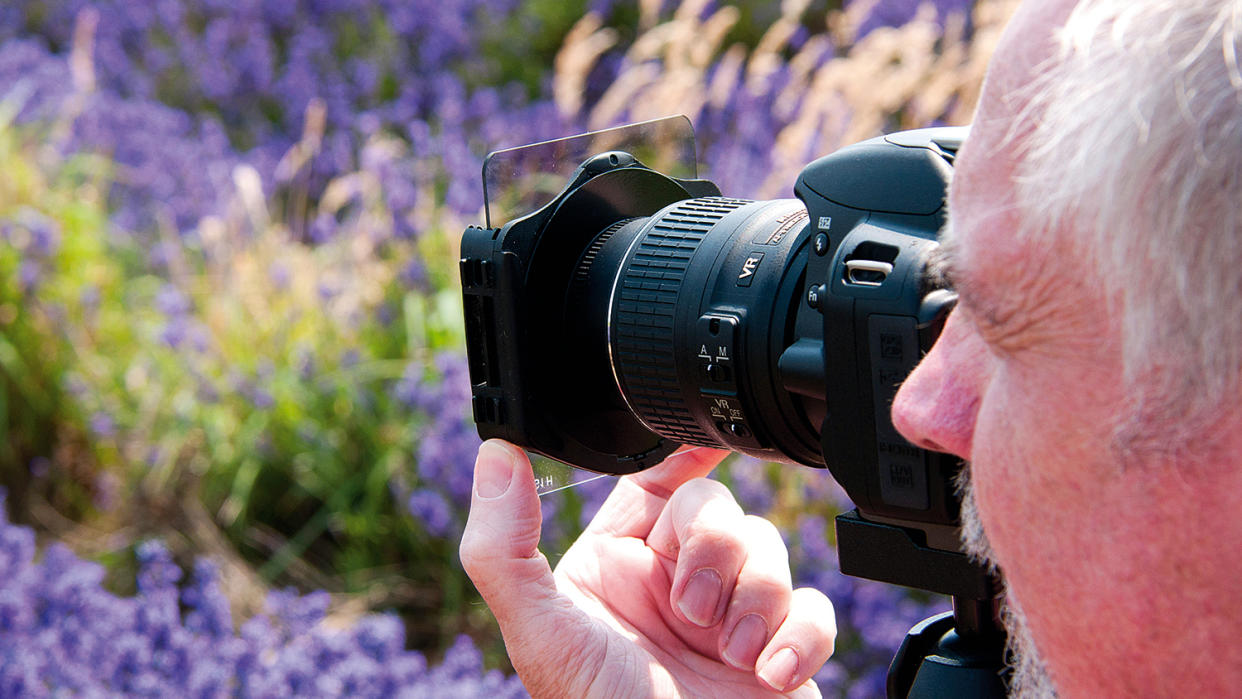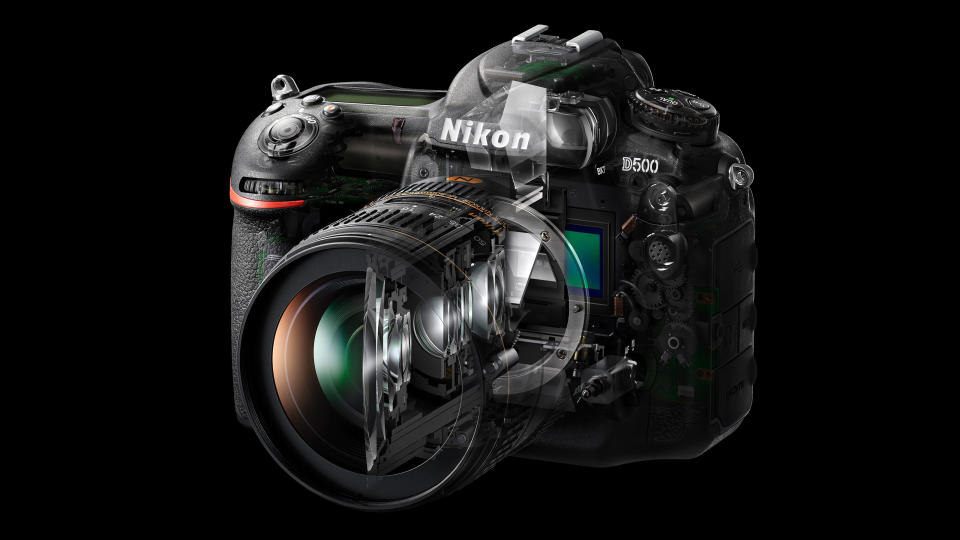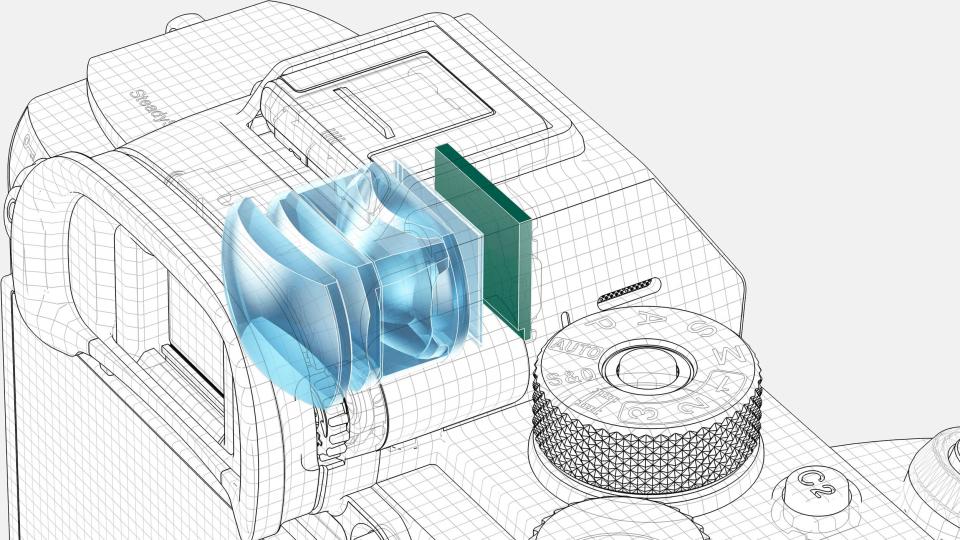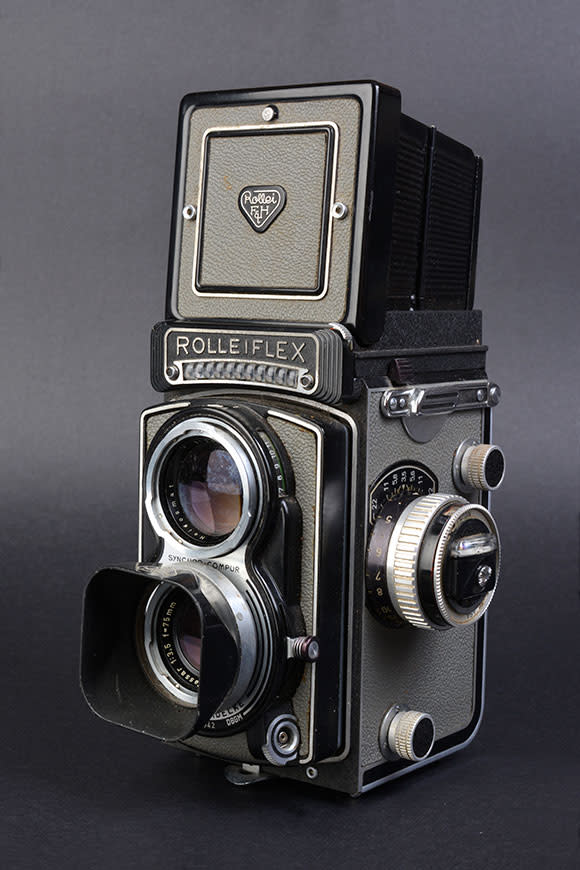I’m told the optical viewfinder is dead. We did that. It’s our fault

The arguments for mirrorless cameras and electronic viewfinders over old-school OVFs (optical viewfinders) seem irrefutable. You get to see the image the sensor is capturing in real time, you see the effects of any white balance changes or different picture styles or even exposure adjustments. You get a histogram in your viewfinder, more image info than you ever see in a DSLR viewfinder and you don’t have a dirty great mirror clanking up and down every time you press the shutter release.
We have a whole article on DSLR vs mirrorless cameras. The best DSLRs are a dying breed; the best mirrorless cameras have taken over the world.
But hold on. Here’s my issue…
Your eyes vs your sensor
With a mirrorless camera, what you see when you put the camera to your eye is a real-time digitized representation of what’s in front of you.
With a DSLR, or any camera with an OVF, such as a Leica M or a Fujifilm X-Pro, when you put the camera to your eye, what you see in the viewfinder is what you saw the instant before. To me, it’s just more natural to look at a ‘naked eye’ image in a viewfinder than a digital one.
So obviously at some point your camera will capture and store the image digitally. For myself, I’m quite happy to wait half a second for it to appear on the rear screen. I can check the colors, the exposure, the rendering then.

Am I just splitting hairs?
Possibly. It wouldn’t be the first time. But after years of using both mirrorless cameras AND DSLRs I still prefer to look through an optical viewfinder.
So why this irrational preference? A couple of things, and not so very irrational either.
Most EVFs have some degree of ‘granularity’, though that’s disappearing as EVF resolutions climb ever higher. They also have some degree of lag, which usually goes unnoticed in everyday shooting but can be painful if you’re trying to follow fast-moving subjects.
Higher-end mirrorless cameras can effectively eliminate lag with ultra-fast refresh rates, sensor readout speeds and processors, but this is at the pro end of the market.
It’s true that a DSLR’s mirror causes a flickering ‘blackout’ in burst shooting, but mirror ‘flicker’ with no lag is much better than no flicker and lag.

There’s one more thing. An EVF does not show you what the sensor is capturing. It’s showing you a representation of that using a small digital display which does not necessarily reflect the dynamic range or even the true color of the captured image. It’s very easy to end up correcting exposures that don’t need correcting.
So always trust your histogram more than your EVF. Oh, except when you’re shooting raw, because the histogram is generated from your camera’s on-the-fly JPEG preview, not the actual raw data.

Diminishing diversity
I don’t hate EVFs. Their advantages are clear to me. As are their faults. But what I do hate is what the current fetish for mirrorless cameras has done to the diversity of the camera ecosystem. Pundits constantly predict the demise of DSLRs and apparently can’t wait, few people understand the logic and the beauty of the Leica M system, and almost nobody has any interest in optical viewfinders these days. TLRs (twin lens reflexes) don’t exist any more, and offered a unique shooting experience that’s gone for ever.
Cameras are physical objects that we use with our hands and our eyes. And yet it’s as if no one cares about the shooting experience any more, only the relentless binary logic of marketing and tech talk. We seem to be heading for a camera market where every product is the same and whole evolutionary branches of camera development are closed off for good.
Grr.

